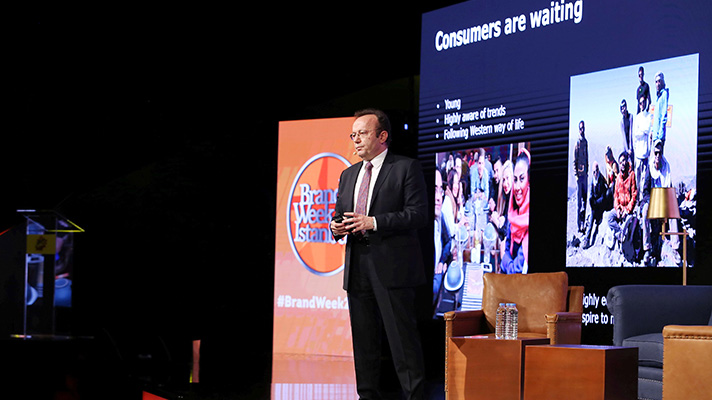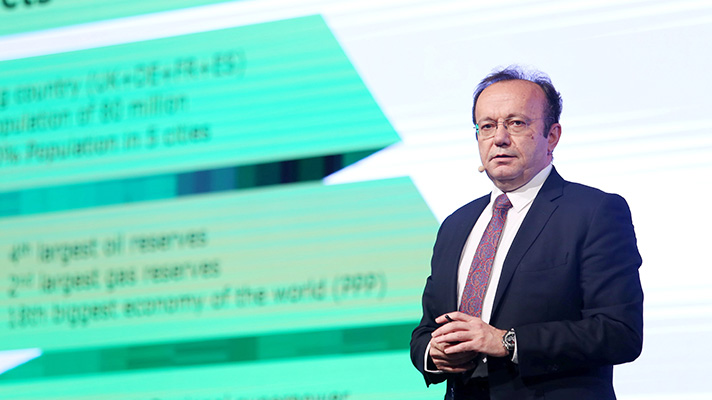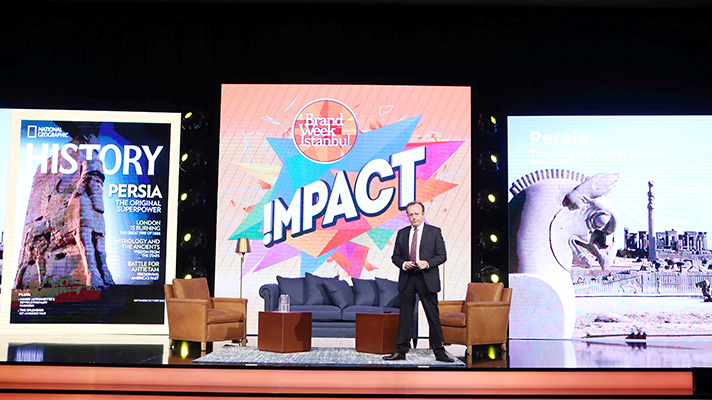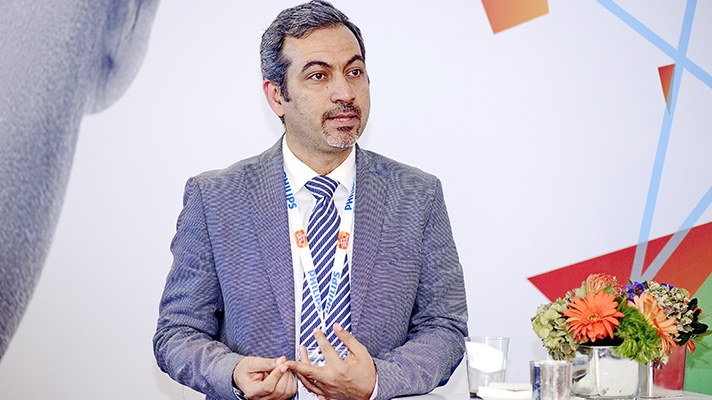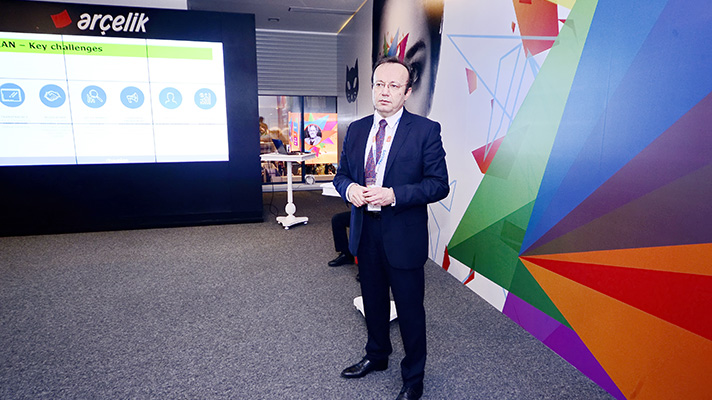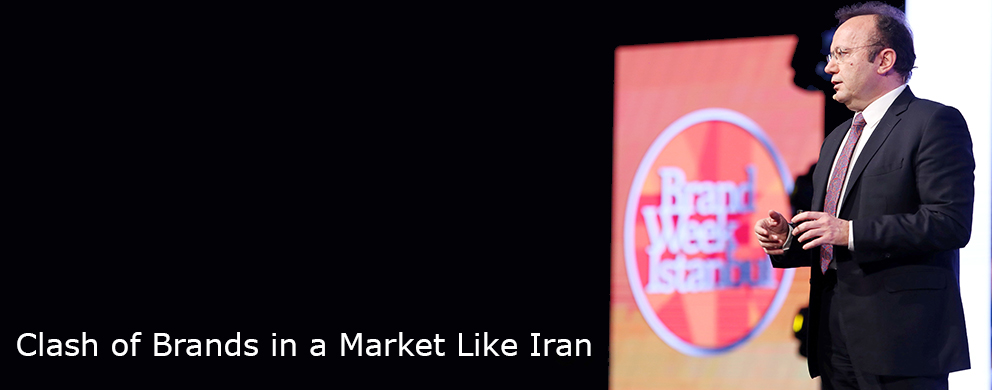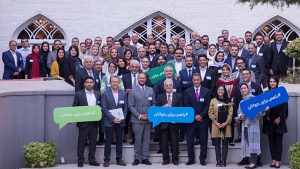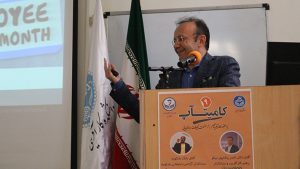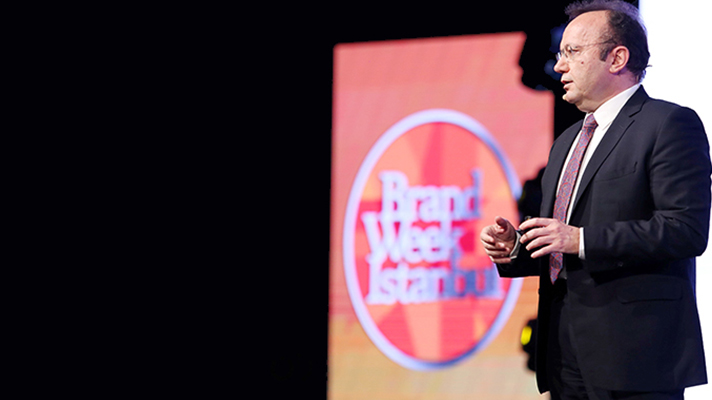
Clash of Brands in a Market Like Iran
The Iranian market has hidden capabilities which if identified by international brands would develop a close competition among Iranian economic activists; capabilities that should be presented to the international brands. For such presentation, there are different methods. One way is presence of Iranian economic activists in international events and forums where foreign brands are also present.
The Brand Week Istanbul is an important international gathering in Turkey wherein presence of Iranian experts can render a significant help in attracting capital for the Iranian market. Nasser Pashapour Nikoo, Managing Director of dnaunion, was the first speaker from Iran who was present in that gathering. We conducted an interview with him to get details about different dimensions of the forum.
Would you please elaborate further on the Brand Week Istanbul?
The Brand Week Istanbul is a weeklong event, which is held in Istanbul annually. In this event, the latest developments in the marketing industry over the past year and the trend of developments in the coming year are reviewed. Somehow, it can be said that the information of the participants is updated. So far, no address has been made in the Brand Week by our country as it had no share in the international marketing but the situation has relatively changed and the regional countries look at Iran as a promising perspective aand are trying to maintain presence in this market.
What programs had you prepared for the gathering?
The dnaunion was present in the event as a speaker and had also prepared a workshop for answering questions from the participants. In my address, I dealt with the attitude and behavioral differences among the customers in the three countries of Turkey, Saudi Arabia and Iran. For example, in my address I noted that 31% of the Iranians are more concerned with their health, 25% with their clothing and 29% with travel and 16% with changes in their style of living as compared to the people in Turkey and Saudi Arabia. In addition, 40% of Iranians would not speak of their real beliefs on cyberspace while 39% rely on the ideas expressed. Many European countries view all the Middle Eastern countries the same while the behavioral and consumption patterns of each country is different. The information offered in my speech was based on the data that had been collected in several countries, which have been implemented by the EMRC Company in Iran. The information had been collected on the basis of the indicator of the target group, TGi software and the pattern for media use and purchase of the consumers. In addition, in the workshop organized on the sideline of the event, specifically characteristics of the Iranian market and survey of different dimensions such as method of advertisement, the network for distribution of products, competition status, etc. were discussed. The welcome accorded to the workshop was interesting and many people participated in it and raised different questions concerning the Iranian market.
To what extent do you think Iran’s presence in this event would be effective in attracting investors?
Certainly, such a limited activity will not be very effective in attracting investors; nevertheless we will make utmost efforts to change the outlook towards Iran and for the presence of investors in our market. Those interested in making investment in Iran are noticeable and a very good welcome has been made in this regard. The obstacles ahead for the presence of Iran’s market have been removed and economic activists of different countries, especially Turkey, are enthusiastically following up developments in the Iranian market.
In your opinion, was the status of Iran’s presence in the region and the newly imposed sanctions against Iran a factor for the change in the investors’ attitude?
In my opinion, these events will make the investors decide cautiously about their presence in the Iranian market up to the year 2018. Most of them are waiting for the reaction of countries such as the US towards Iran. They are evaluating to see whether there is a required space available for presence in the Iranian market. However, the interesting point is that the result of the US elections has not left much effect in their outlook and most of them believe that Trump will place most of its attention on the US domestic economy and will not adopt negative policies towards foreign countries.
Did you in your address at the Brand Week mention anything about the active foreign brands in Iran?
Yes, about it, detailed points were made but the highlights of my speech were as follows:
- One: The status of the Iranian market and the extent of its readiness for accepting foreign investors
- Two: What are the differences of the Iranian people with the people in other regional countries?
- Three: What are the features of the Iranian consumers?
- Four: What is the situation of activities in the domestic market and what path they are taking?
Explaining the movement path of the Iranian brands was of great importance for the participants in this gathering. Because, due to the market conditions, many have taken the wrong path and should change their route for the presence of foreign investors. Such a situation has made the Iranian brands to copy foreign products and use foreign names in order to attract customers; but in the meantime there are companies that have a strategic look at the Iranian market and this same perspective has led to acquisition of a significant share of the market by them. For example, the Henkel Pakvash which has been able to obtain 41% of the market within the scope of its activity in the course of four years due to its right treatment of the Iranian market. Also, in the speech reference was made to brands such as Papia, Molfex, etc. and how they have been able to obtain a 50% share in the market. Furthermore, in this gathering reference was made to the details on the pricing strategy, innovation in products, quality of products, etc.
What are your plans for the next stages?
In the Brand Week, close to 180 companies raised questions and suggestions, which are being discussed with Iran-Turkey Chamber. In addition, talks were held with several active unions in Turkey. However, all our efforts are focused on attracting many investors to the Iranian market in a near future and thereby find our dynamism in the market. The Iranian market is ready to cooperate in areas such as fashion, fashion and clothing, foodstuff and snacks, agriculture, petrochemicals, transportation, etc. with Turkey. Therefore, we should make sound planning for the presence of investors in Iran.



